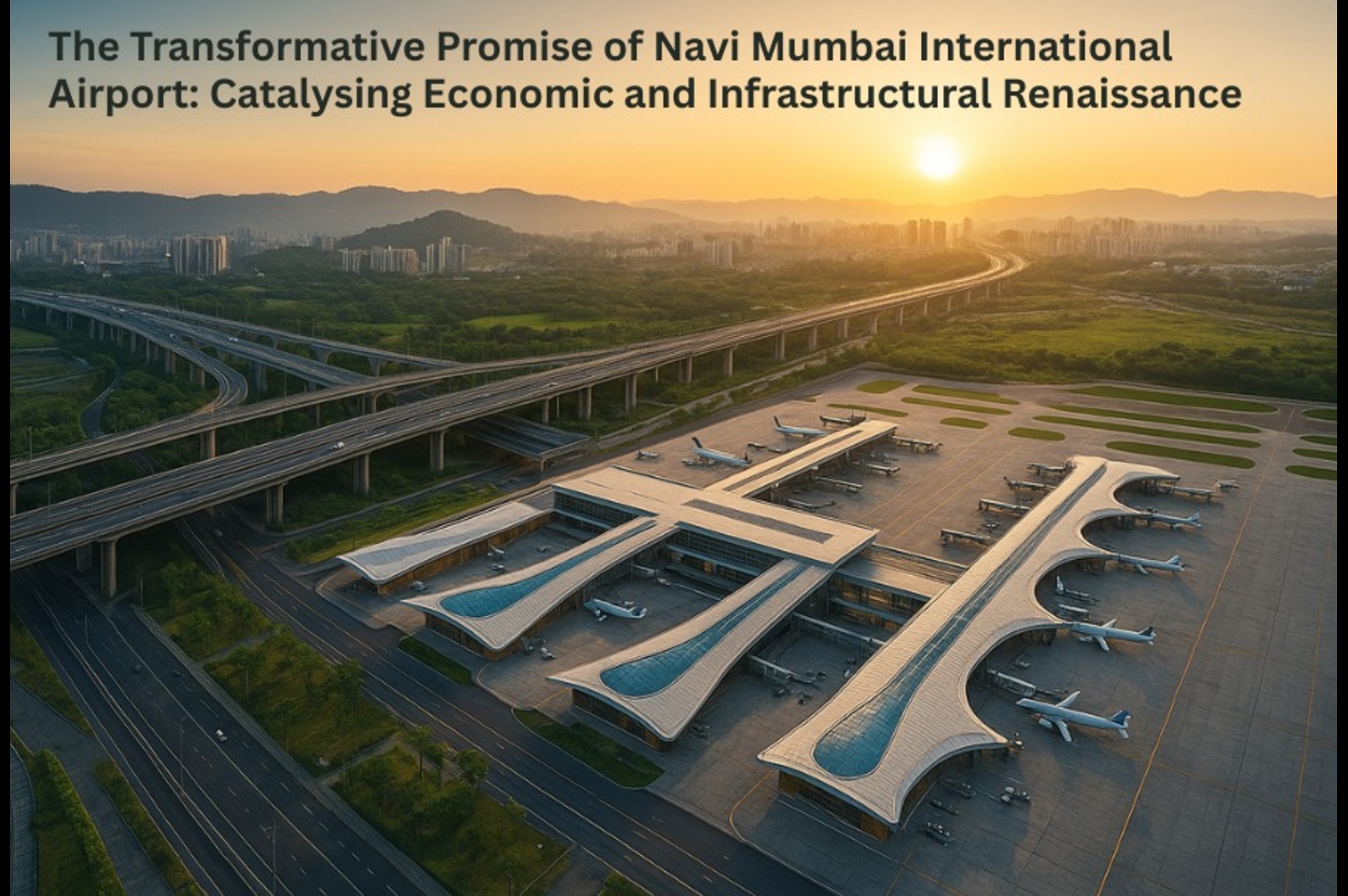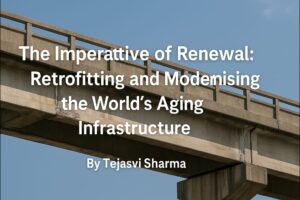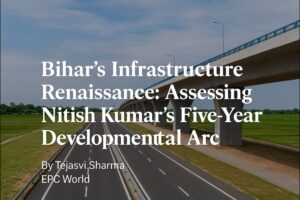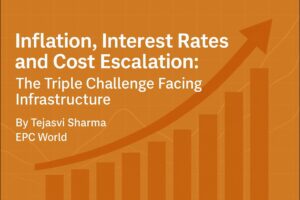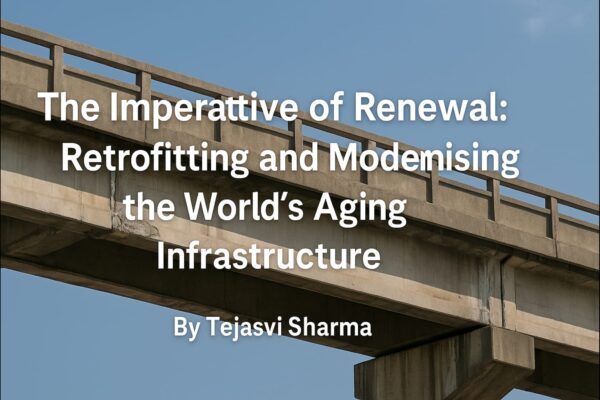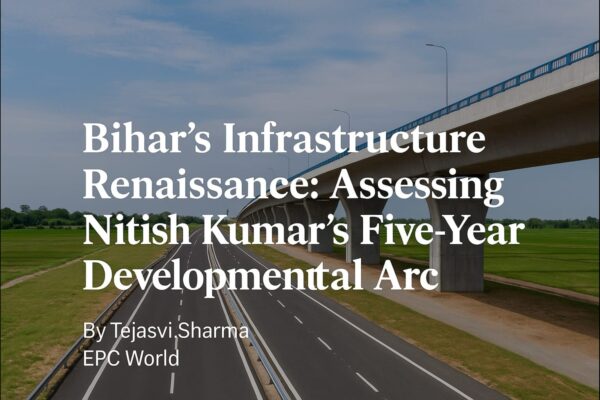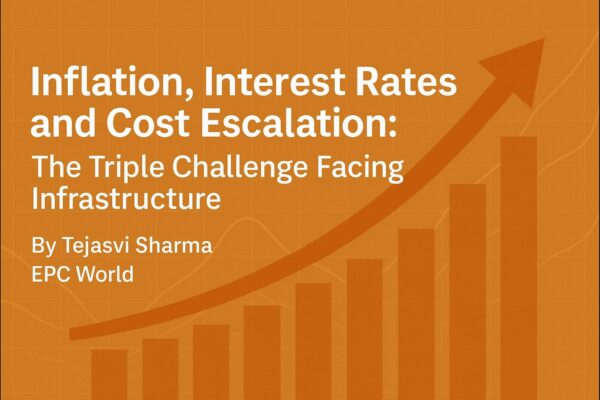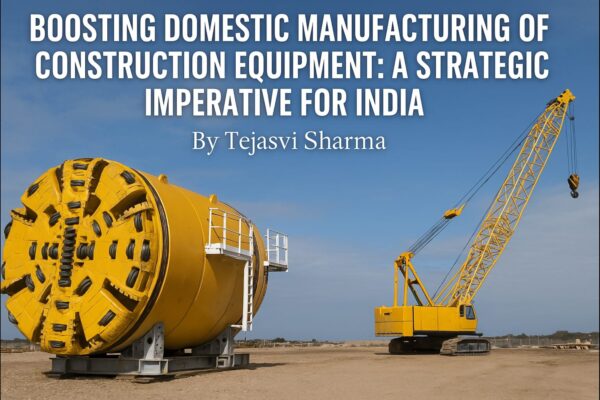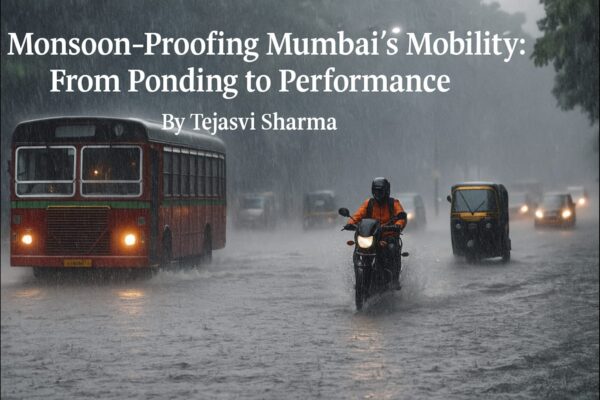The Transformative Promise of Navi Mumbai International Airport: Catalysing Economic and Infrastructural Renaissance
by Tejasvi Sharma, Chief Editor, EPC World
The inauguration of Navi Mumbai International Airport (NMIA) represents not merely the commissioning of a large-scale aviation hub but the dawn of a profound metamorphosis in the economic and infrastructural landscape of Maharashtra. Conceived as a long-gestating aspiration to decongest the saturated precincts of Chhatrapati Shivaji Maharaj International Airport in Mumbai, NMIA is poised to impart catalytic momentum to the adjoining regions – transcending its immediate utility as an aerodrome to become an axis of sustained development and urban renewal.
At its core, the project exemplifies a masterclass in integrated urban planning. Envisaged as a multi-phase development accommodating an ultimate capacity of 90 million passengers annually, the airport has already begun to recalibrate investor sentiment and land utilisation patterns across Panvel, Ulwe, Dronagiri, and their contiguous corridors. This reorientation is manifesting across multiple vectors—transportation and mobility, real estate appreciation, hospitality proliferation, and the emergence of a sophisticated service economy.
Transportation and Mobility: Unclogging the Arteries of Urban Commuting
Perhaps the most immediate and conspicuous impact of NMIA will be upon transportation infrastructure. The realignment and augmentation of arterial roads – principally the Sion-Panvel Expressway, NH-48, and the JNPT road network – are already in advanced stages of planning and execution. The integration of the upcoming Mumbai Trans-Harbour Link, which will seamlessly connect Sewri to Nhava Sheva, will not merely improve airport accessibility but catalyse a broader redefinition of commuting patterns across the Mumbai Metropolitan Region (MMR).
Equally noteworthy is the projected extension of suburban railway connectivity, with dedicated corridors and multimodal nodes envisaged to serve both passengers and logistics operators. The cumulative impact will be a diminution in travel times, a decongestion of traditional bottlenecks such as Vashi and Chembur, and a pronounced enhancement in the economic viability of peripheral townships that were previously considered too remote for mainstream investment.
Real Estate: The Re-rating of Land and Aspirations
It is axiomatic that major airports act as gravitational nodes in real estate cycles. NMIA is proving no exception. Land values in Ulwe, Panvel, and Dronagiri have witnessed an appreciable escalation, with speculative and end-user interest converging upon both residential and commercial parcels. What was once perceived as the logistical hinterland of Mumbai is now poised to emerge as a formidable urban conurbation in its own right.
Importantly, the nature of demand is evolving beyond mere speculative fervour. Developers are envisioning integrated townships, Grade-A office parks, and warehousing complexes to service the expected influx of professionals, enterprises, and logistical operators. In this sense, NMIA will not merely inflate valuations but impart a qualitative upgradation in the urban fabric and built environment.
Hospitality Sector: An Inflection Point for Tourism and Business Travel
The airport’s capacity to handle a projected one million tonnes of cargo annually and an eventual 90 million passengers will have a pronounced spillover into the hospitality sector. It is reasonable to anticipate a proliferation of hotels across the star spectrum – from budget business hotels catering to transient travellers to luxury properties servicing MICE (Meetings, Incentives, Conferences, and Exhibitions) tourism.
Moreover, the airport’s design as a multimodal logistics hub is expected to elevate Navi Mumbai’s profile as a business destination, engendering sustained demand for serviced apartments, conference facilities, and ancillary leisure infrastructure. In tandem with the state government’s plans to promote Maharashtra as a global investment destination, NMIA will provide the physical infrastructure requisite for hosting international conclaves and exhibitions of scale.
Service Industry: A Tidal Wave of Ancillary Employment
No less consequential is the transformative potential of NMIA upon the service economy. From ground handling and aviation security to catering, retail, and maintenance, the employment elasticity of such mega-projects is well documented. The multiplier effect – wherein each direct job spawns several indirect roles – is likely to be felt across the skilled and semi-skilled workforce in Raigad and Thane districts.
Furthermore, the rise of an aviation-centric economy will stimulate demand for training institutes, professional certification programmes, and vocational skill development centres, fostering an ecosystem of human capital that transcends the narrow confines of airport operations and extends into auxiliary industries.
Conclusion: Towards a Metropolitan Renaissance
The Navi Mumbai International Airport is emblematic of India’s ambition to construct infrastructure of both scale and sophistication. It is an undertaking whose significance is not circumscribed to the realm of transportation but extends into the very sinews of economic life in the region.
If executed to its full potential, NMIA will constitute nothing less than a renaissance for Navi Mumbai and its hinterland – a transformation in which mobility becomes seamless, real estate becomes aspirational, enterprise becomes global, and employment becomes inclusive. In an era where infrastructure is increasingly recognised as the lodestar of national development, the airport stands as both symbol and substance of Maharashtra’s evolving destiny.
Tags

